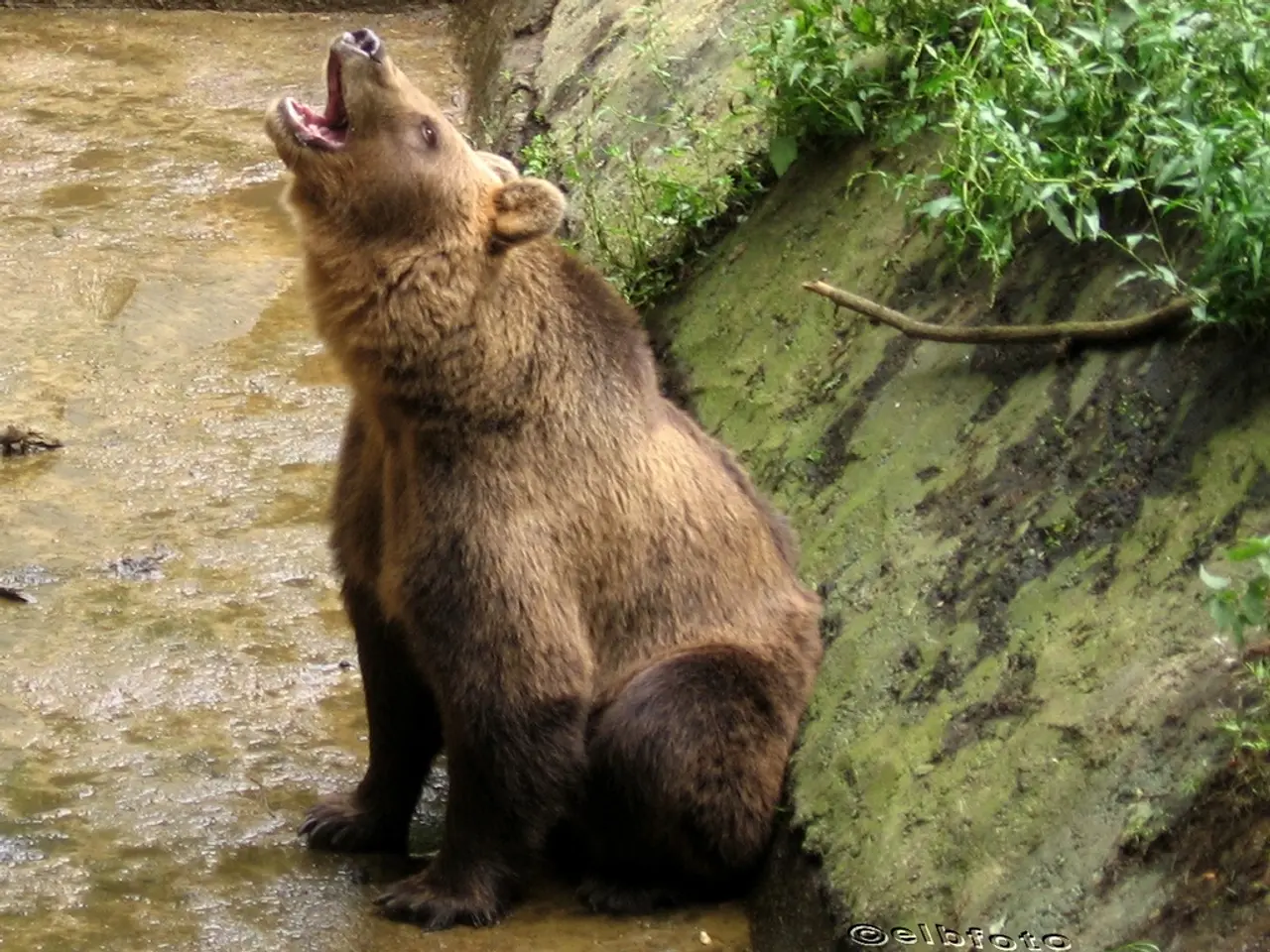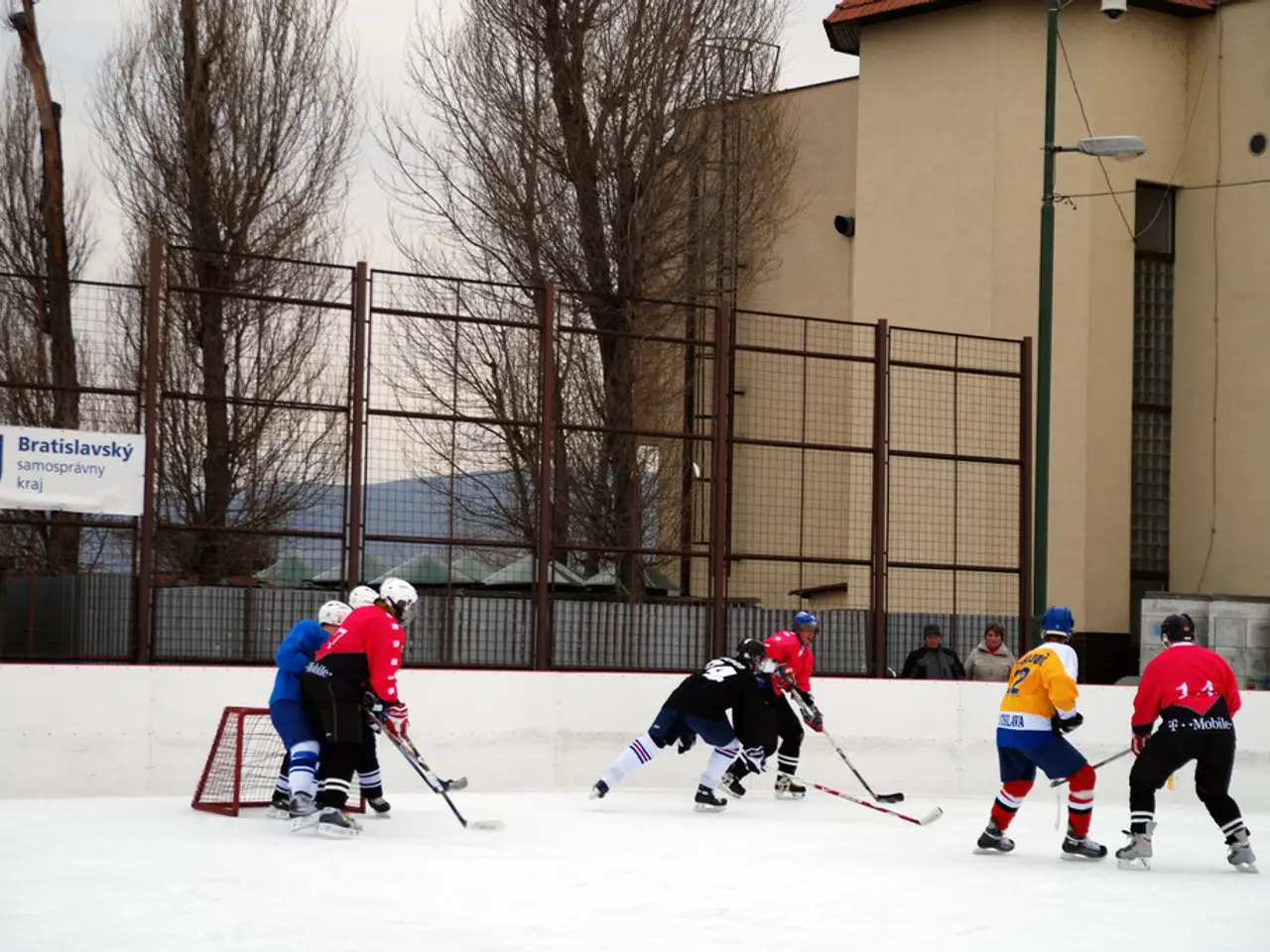Unrest in Northern Japan: Hunter Goes Missing in Wave of Bear Assaults, Triggering Crisis Management Efforts
In recent months, Japan has been grappling with an increasing number of bear attacks, a situation attributed to a combination of environmental and social factors.
Climate change, fewer hunters, and shrinking natural habitats are key drivers behind this trend. The impact of climate change on food availability and bear behaviour, coupled with the decline in the rural population, has allowed bear populations to grow and expand into new areas. This has led to bears venturing closer to human settlements, towns, and facilities in search of food.
The reduced human presence in mountainous areas and the spread of abandoned farmland make it easier for bears to approach population centres. Moreover, the allure of online fame has seen some social media influencers seeking out encounters with bears, increasing risky human-bear interactions.
The consequences of this increase in bear attacks have been severe. According to the Japanese Environment Ministry, there has been a record number of attacks, with 219 attacks and 6 fatalities reported in the year up to April 2024. Attacks have caused severe injuries and fatalities among civilians, disrupted daily life, and increased risks for motorists.
In response, the Japanese government has revised laws and guidelines to allow quicker emergency responses against dangerous bears in populated areas. The new regulations permit municipalities to authorize hunters to shoot threats under controlled conditions, including traffic control and evacuations, to ensure safety.
The government is also promoting awareness and firearm use procedures among local authorities to improve response speed and efficacy. Local governments are encouraged to develop wildlife emergency response manuals, clarify roles, and increase hunter recruitment and training.
Residents are advised to take precautions when venturing into bear habitats, such as making noise to warn bears and carrying bear spray. Strict food waste management is also crucial to prevent attracting bears to populated areas.
Recent incidents, such as the disappearance of a male hunter in Hokkaido's south, two separate attacks on elderly women in Aomori and Nara, and the fatal mauling of a 52-year-old newspaper delivery man, have fueled growing concern over human safety as bears venture closer to populated areas.
Search teams are currently combing Mount Esan for the missing hunter, while a "bear emergency" was declared in the town of Fukushima, about 120 km away. Fukushima's round-the-clock patrols will continue while the alert remains in force.
The Tohoku regional forest office forecasts a poor nut crop, expected to maintain high risks for bears into autumn. Authorities are advising strict food waste management and offering guidance via local-level advisories.
In a bid to address this issue, the Japanese government relaxed hunting laws in April 2025, allowing emergency shootings of dangerous bears in urban zones. However, the challenge remains in striking a balance between wildlife protection and human safety.
- The environmental factors, such as climate change, fewer hunters, and shrinking natural habitats, are driving an increase in bear attacks in Japan.
- The Japanese government has revised laws to allow quicker emergency responses against dangerous bears in populated areas, including permitting hunters to shoot threats under controlled conditions.
- In an effort to improve response speed and efficacy, the government is promoting awareness and firearm use procedures among local authorities and encouraging the development of wildlife emergency response manuals.
- Residents are advised to take precautions when venturing into bear habitats, such as making noise to warn bears, carrying bear spray, and managing food waste to prevent attracting bears to populated areas.
- Incidents like the disappearances of a hunter in Hokkaido's south and attacks on elderly women in Aomori and Nara, as well as the fatal mauling of a newspaper delivery man, have fueled growing concern over human safety as bears venture closer to populated areas.
- As bears continue to venture closer to populated areas, authorities foresee high risks for bears into autumn due to a poor nut crop, and they are advising strict food waste management and offering guidance via local-level advisories.








